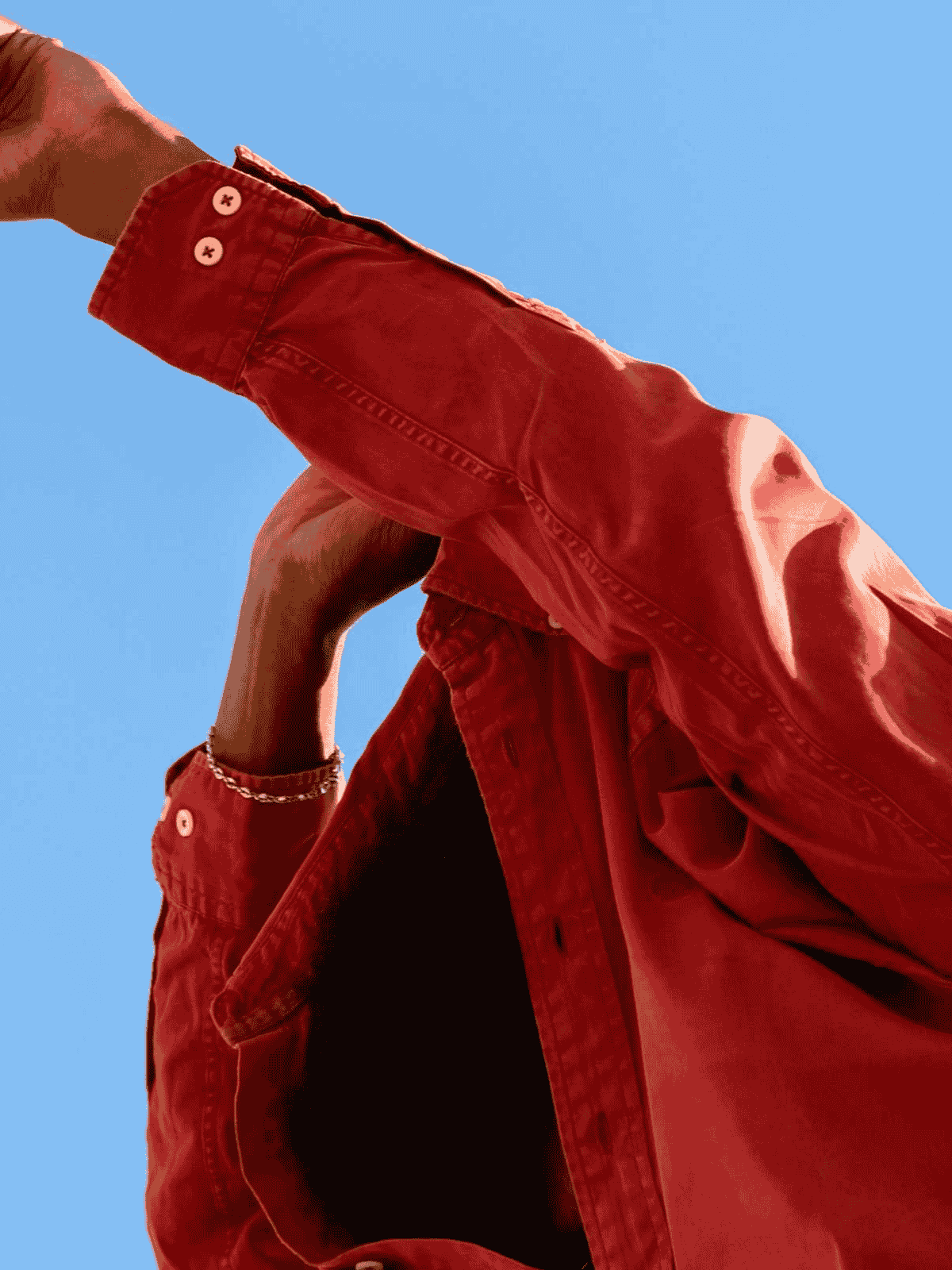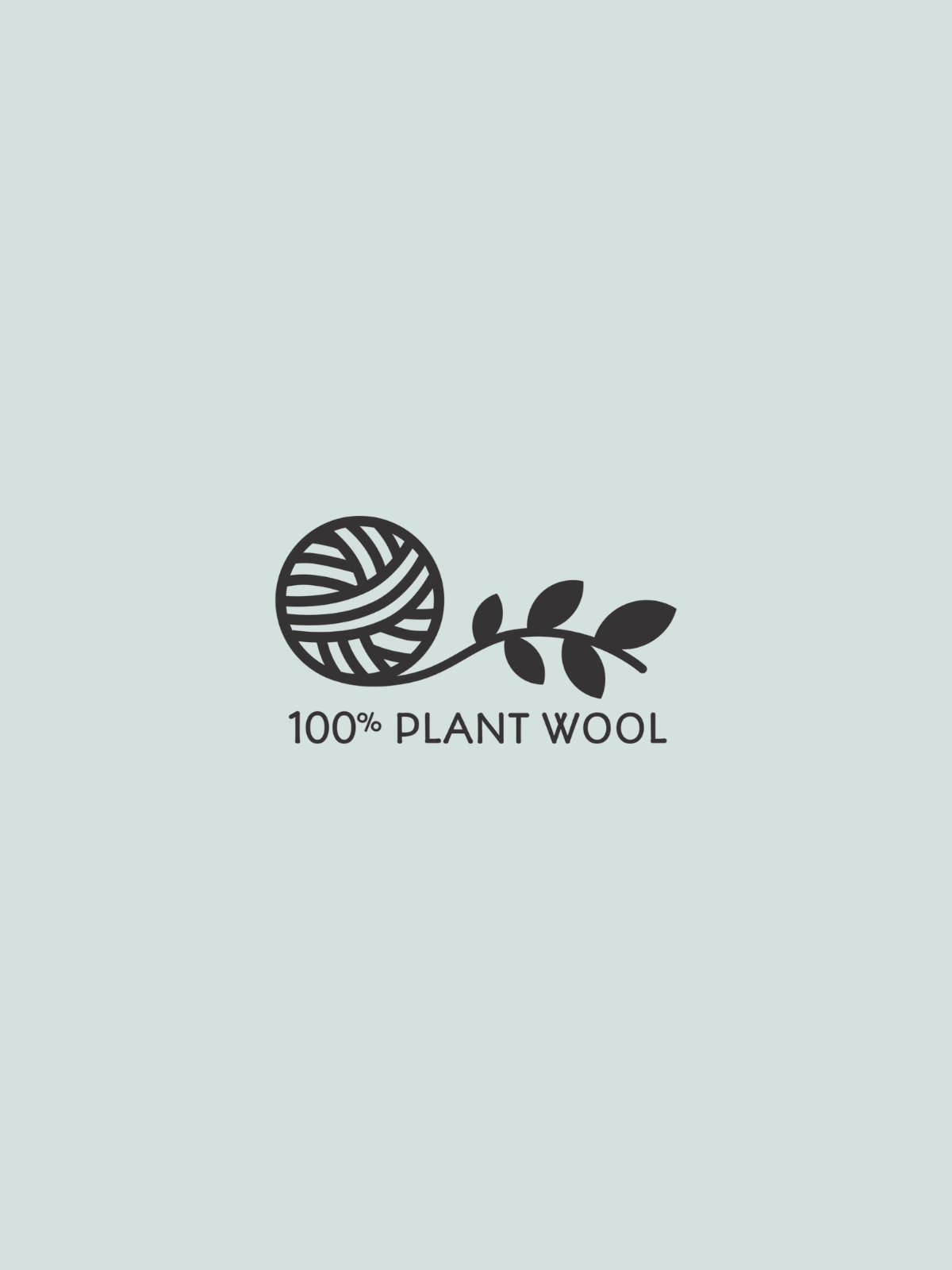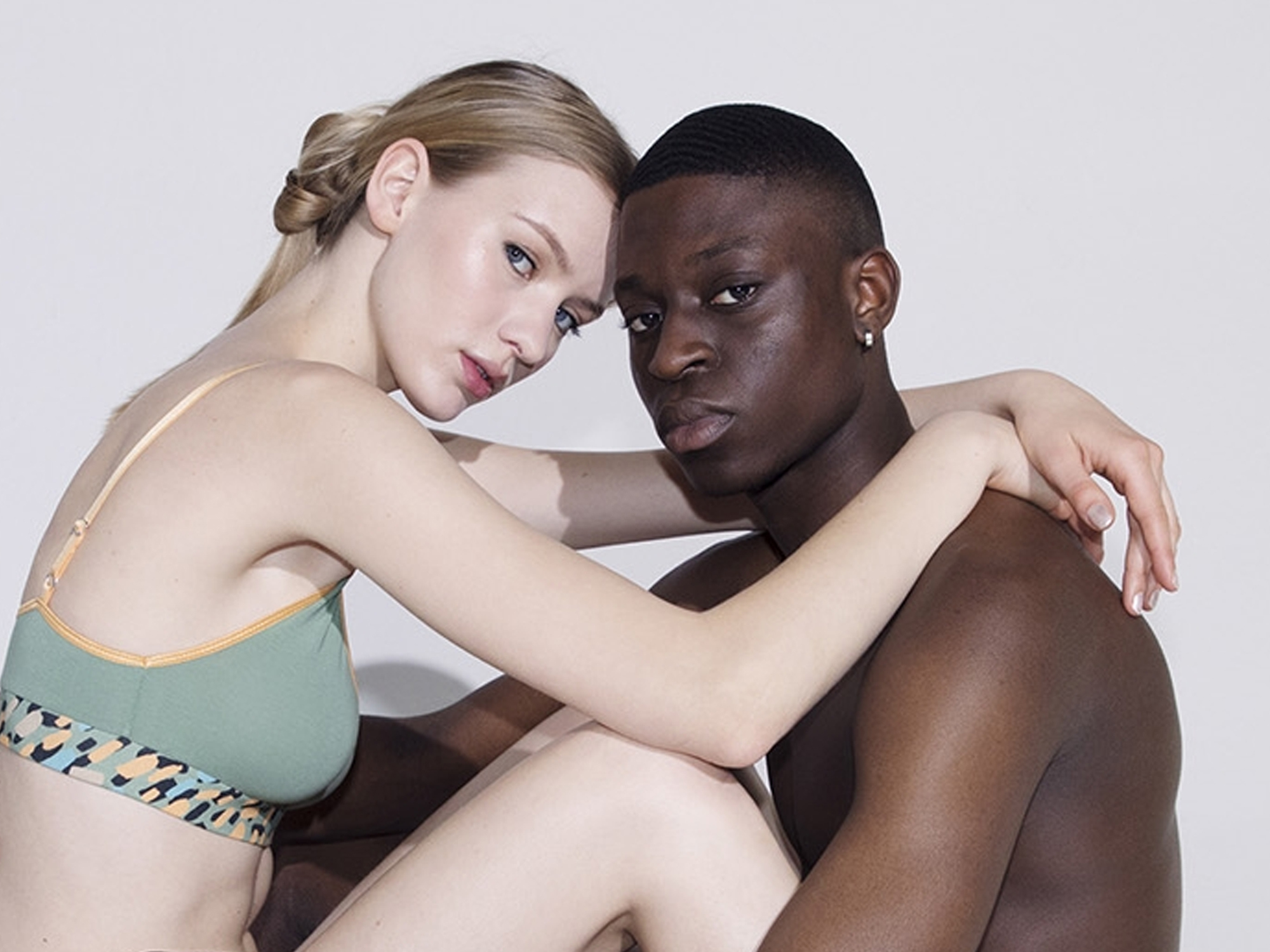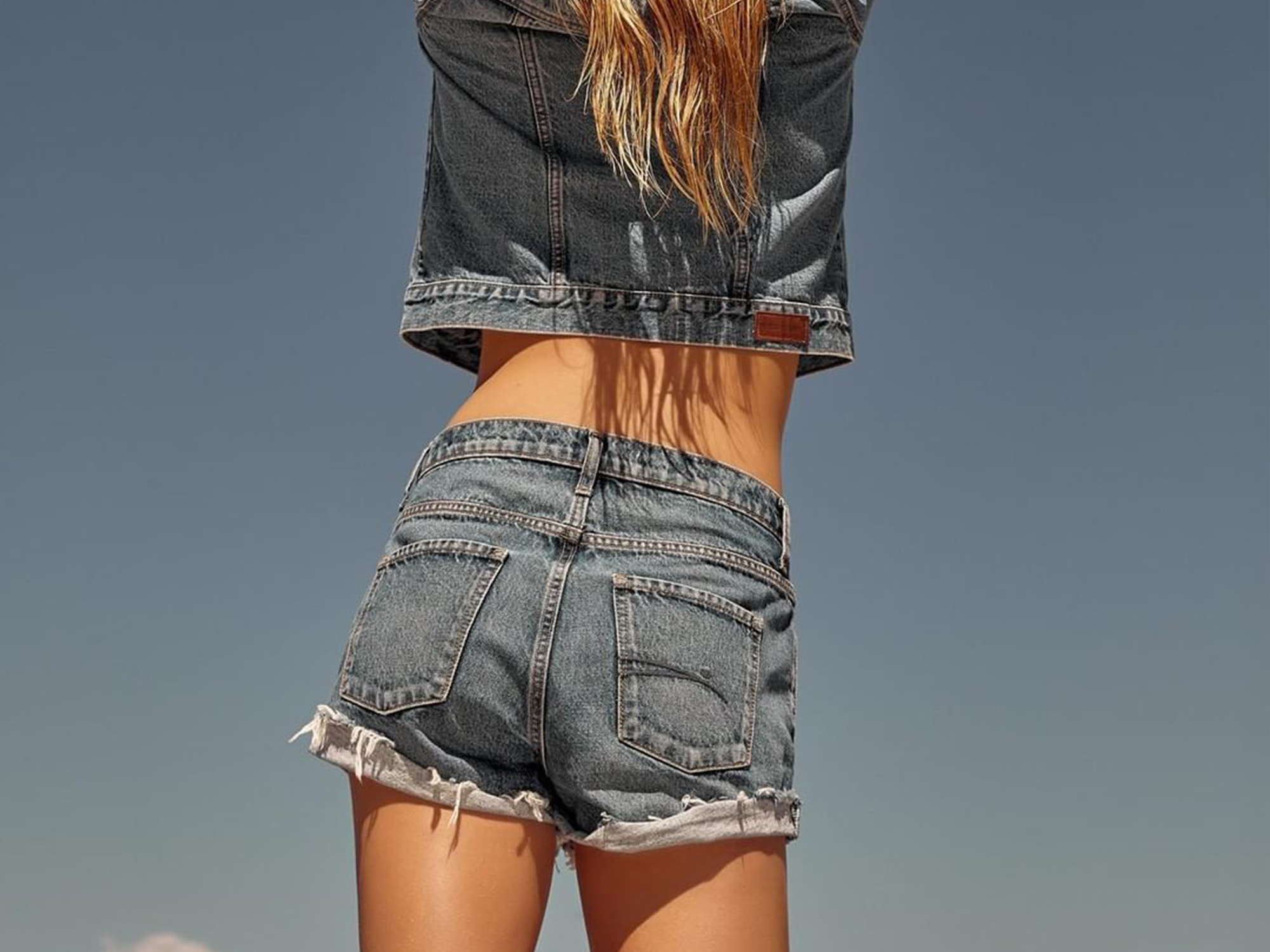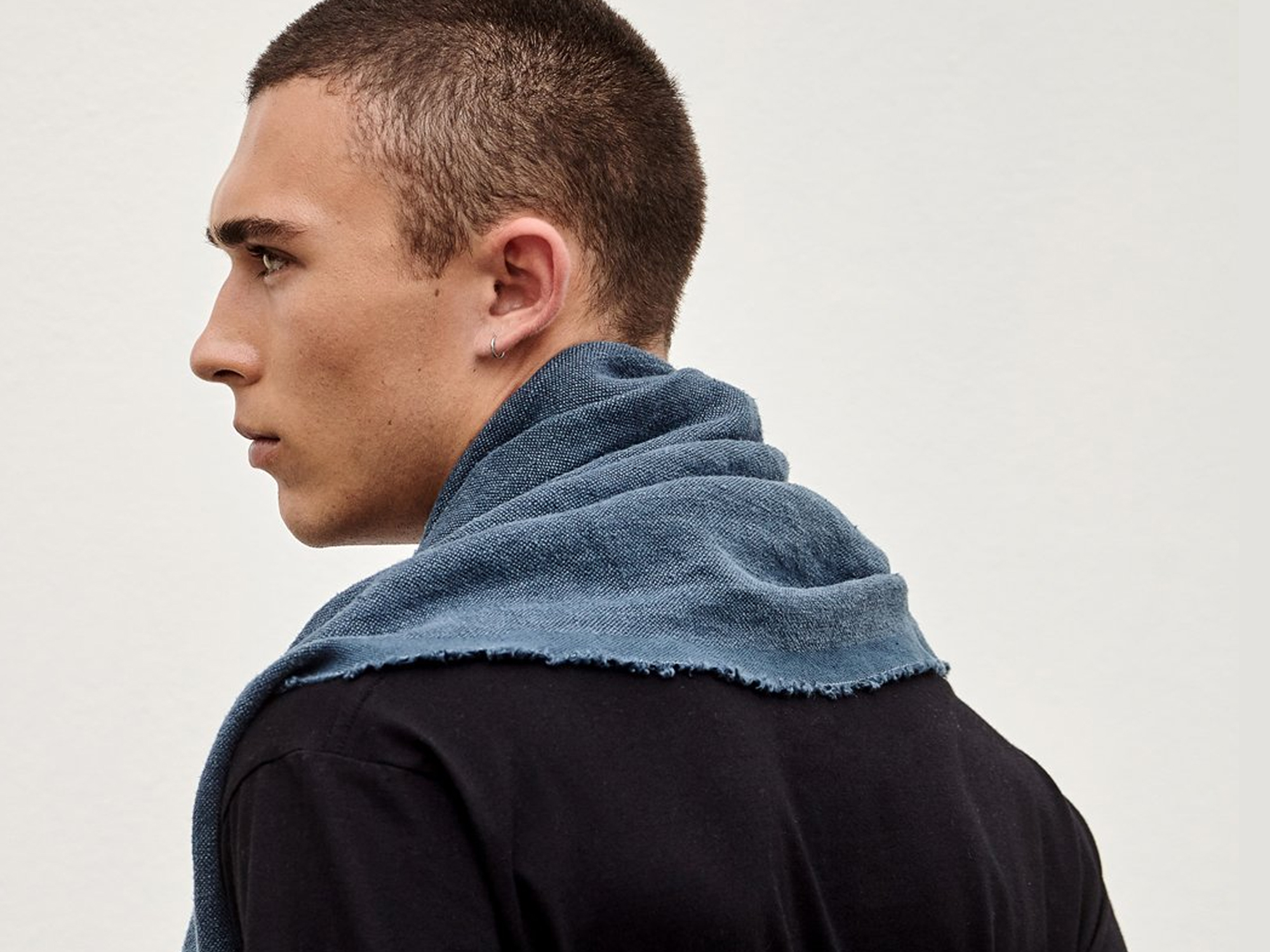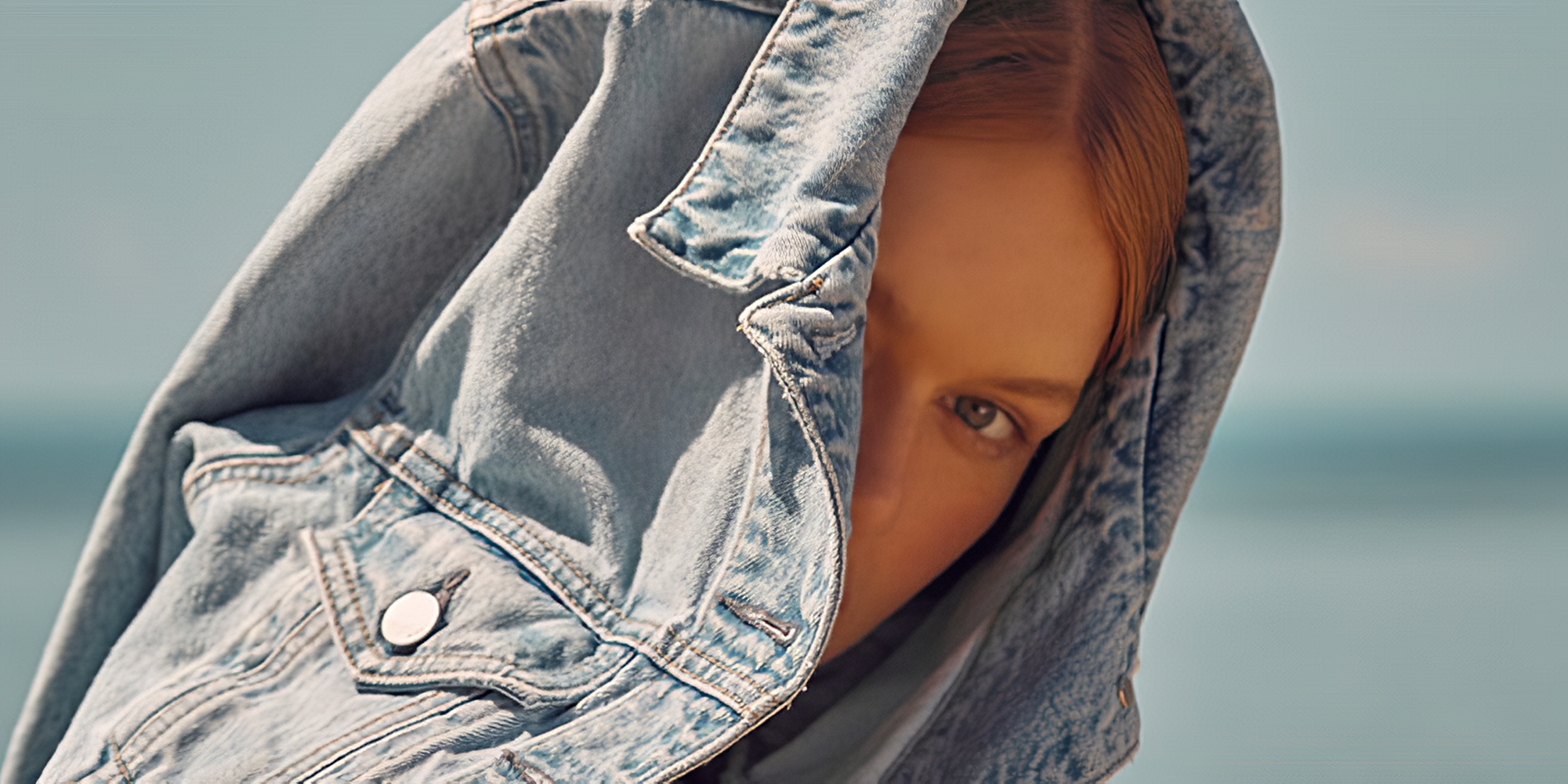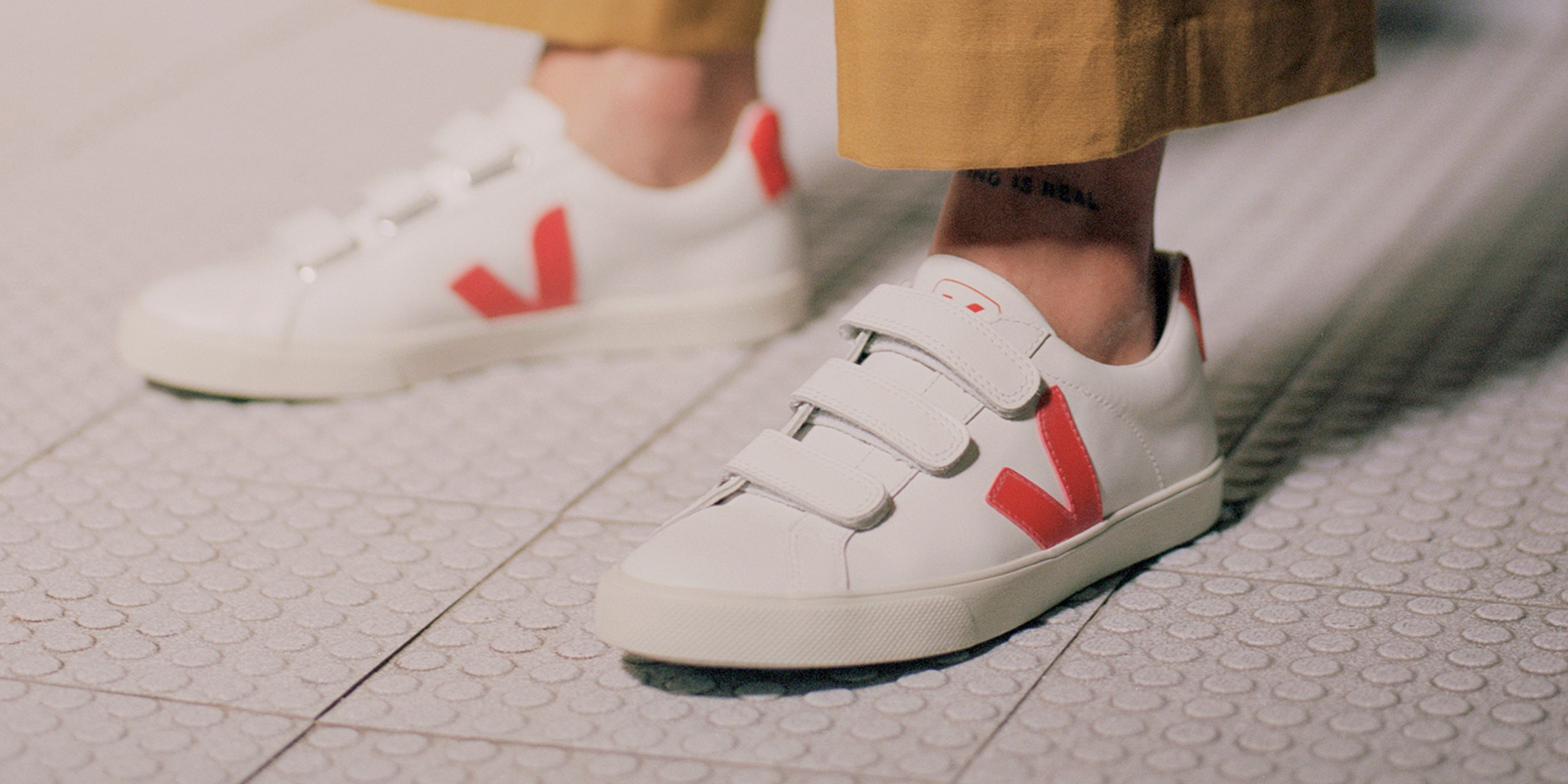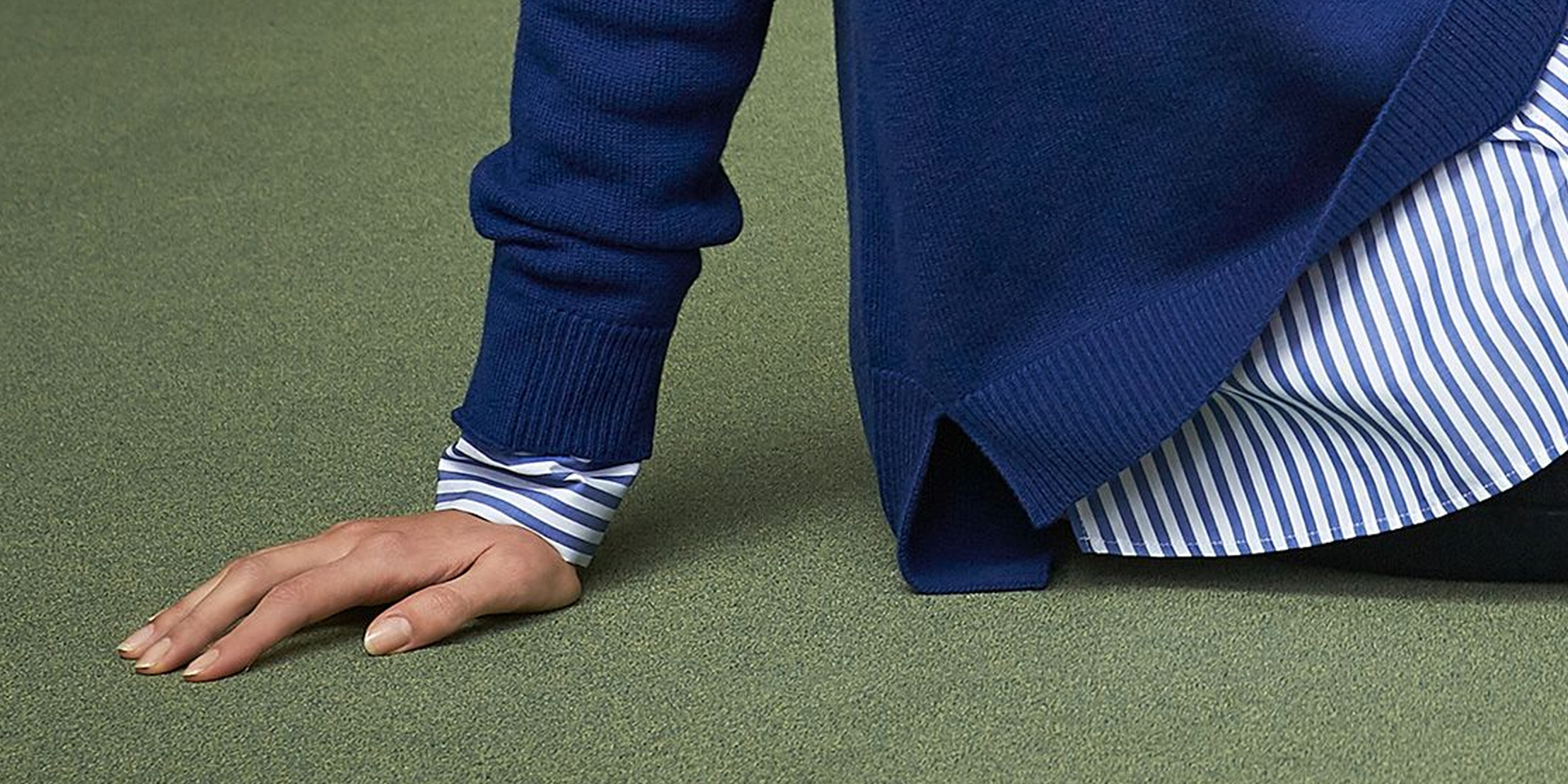In reflecting on 2024 and considering what may happen this year, we’ve put together a few predictions for the future given the state of sustainable fashion (and beauty).
There’s a lot to be excited about—from fashion houses taking more radical stances to broader protections of animals. Still, there are many concerns as those in power are abandoning or deprioritising sustainability efforts, and that’s not good. Scroll to read our seven predictions on what will happen this year.
Fashion weeks—not brands—will lead change in sustainability
Copenhagen Fashion Week offers a model in 2024 by requiring brands to follow sustainability guidelines to participate. That meant brands like Marimekko (“It’s a Start”) and Ganni (“It’s a Start”) had to take action.
What if London, Paris, New York, and more fashion weeks required brands to prove zero waste policies and supply chain due diligence to participate? Brands would soon rise to the occasion, and this would be major as 0 of the 40 most profitable brands we’ve rated score “Great” for the environment.
But aren’t there enough clothes? Yes, which relates to…
The vintage boom will continue
ThredUP anticipates the global second-hand market will nearly double by 2027. That’s good news for reducing impact and consumption by keeping materials and clothing out of landfills.
And in 2024, outlets like eBay, Vinted, and Oxfam had major showings at fashion weeks, which shows the wider industry is taking note.
But what about garment workers? There are signs that change is coming…
More luxury whistleblowing
Armani and Dior (both “Not Good Enough”) were found to have violated health and safety standards in their supply chains in 2024. It was a major example of whistleblowing.
Now, we’re poised for more regulations—and more workers speaking up about abuses. Each story like this helps the public become more aware of workers’ rights.
This is vital, as 86% of the world’s most profitable fashion brands don’t disclose anything about living wages or are confirmed to not pay living wages, according to our analysis.
And animals? More brands are taking action…
Wider animal protections in fashion
Four Paws found in late 2024 that “82% [of 250 major brands surveyed] have already dropped the usage of fur”. What’s more, by 2030, “67% of all of the rated companies claim they will have ditched cruel wool.” That’s huge.
And in our analysis of over 300 beauty brands, 22% have been certified that they don’t test on animals. Here’s hoping progress continues.
Will this mean more alternative materials? That’s exactly what we’ll need…
Alternative materials will break out
2024 saw CIRCULOSE’s parent company file for bankruptcy before being acquired.
This was a blow to the landscape but not all is lost: the Material Innovation Initiative found that, globally in 2023, 144 companies were dedicated to researching and developing next-generation materials—up from 95 in 2021. We’re optimistic this will continue.
What about government action? We saw progress in 2024…
Wider legislation will continue
From the European Commission’s Ecodesign for Sustainable Products Regulation to the New York Fashion Act to greenwashing laws, and digital product passports, legislation in fashion is building, and 2025 could see a breakthrough.
The catch? Some of these moves will apply the same metrics to big and small brands, meaning more work for smaller, less stable businesses that don’t have the same funding as industry giants.
What about recent elections? That’s where we’re concerned…
Sustainability will be even more of an uphill battle
We’re optimistic—but more and more global leaders are deprioritising environmental protections and don’t care about sustainability.
As COP initiatives sputter, fewer people in office are willing to hold fashion and beauty accountable. All this despite 2024 being the hottest year on record.
Keep an eye on this—and remember that the work of progress is never finished, and that change requires constant pressure and communal action.
So, what can you do?
Continue to make more sustainable choices
Change requires everyone to play a part. Governments need to take action while holding brands responsible for their impact. And as consumers, we can send a message and call for better by reducing our consumption, choosing second-hand options, and turning to “Good” and “Great” brands instead of those who aren’t taking action to reduce their impacts.
Want to approach fashion more sustainably in 2025? Check out our introduction to sustainable fashion, and read our COP29 report to find out how much progress the industry is really making.



